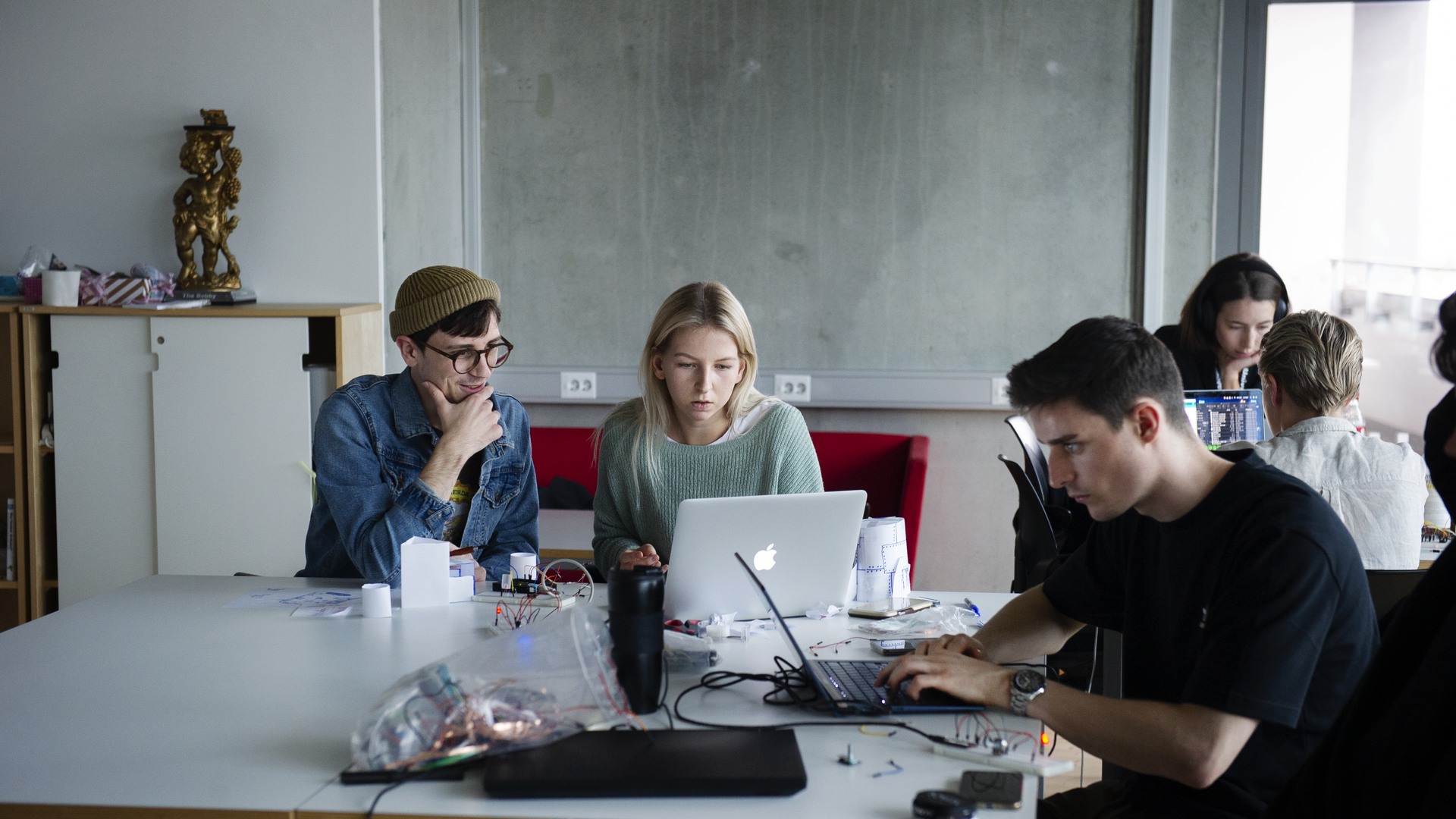Storytelling - Narration Across Media
About the course
Storytelling is a way of understanding and relating to the world around us. It is a crucial means of communication and most of us do it all the time.
The aim of this course is for students to acquire knowledge about and understanding of storytelling in a mediatized culture, and how stories are produced and evolve in different media. Students also acquire skills in producing stories, in different media, and knowledge and understanding of how those media informs how stories are and can be told.
In this course we study how stories travel across different media and what happens to a story when it is adapted to a new medium. We also explore how whole storyworlds emerge and evolve. We do this through theory, the study of various cultural expressions and through students’ own creative productions.
We make use of contemporary theories to understand how stories are told and how stories adapt to a mediatized culture. We study theories concerning storytelling in a broad sense, and narrative theory tied to specific media, such as literature, film, graphic novels, audio and interactive media. We examine how different media express narrative structures differently and how a specific medium informs how the narrative is constructed.
During the course we study how different media play with and problematize narration. To understand stories, we also read, watch, engage with a number of stories in different media, and analyse them.
Students also produce their own stories, using material and technology appropriate for their story. Students are invited to work with a selection of media, which will vary, e.g. audio, video, comics, interactive storytelling and escape rooms.
Course content
In this course we study how stories travel across different media and what happens to a story when it adapted to a new medium. We also study how whole storyworlds emerge and evolve. We make use of contemporary theories to understand how stories are told in, and how they adapt to, a mediatized culture. We engage with theories on storytelling in a broad sense, and narrative theory tied to specific media, such as literature, film, graphic novels, audio and interactive media. We look at how different media express narrative structures differently and how a specific medium informs how the narrative is constructed. In addition, analyse how different media play with and problematize narration. In order to understand stories, we also read, watch, engage with a number of stories in different media, and analyse them. Students furthermore produce their own stories, using material and technology appropriate for their story. Students are invited to work with a selection of media, which will vary, e.g. audio, video, comics, interactive storytelling and escape rooms.
Syllabus and course literature
You can find a list of literature in the syllabus, along with other details about the course.
Entry requirements and selection
Entry requirements
General entry requirements + English 6.
Selection
34% Upper Secondary Grades - 34% Swedish Scholastic Aptitude Test (SweSAT) - 32% University Credits
Course evaluation
The University provides students who participate in or who have completed a course with the opportunity to make known their experiences and viewpoints with regards to
the course by completing a course evaluation administered by the University. The University will compile and summarize the results of course evaluations as well as informing participants of the results and any decisions relating to measures initiated in response to the course evaluations. The results will be made available to the students (HF 1:14).

